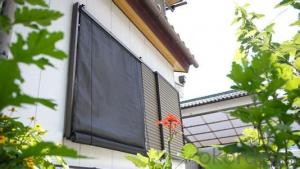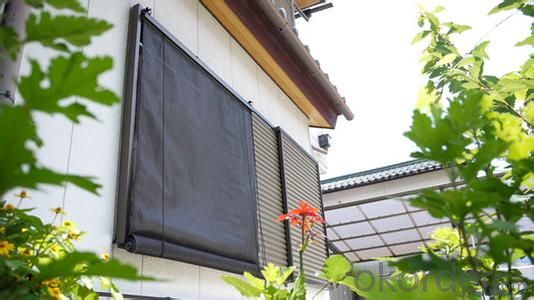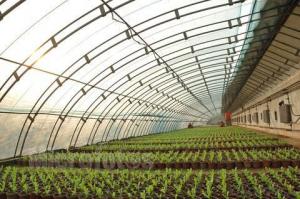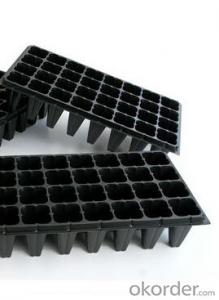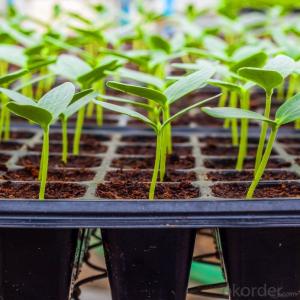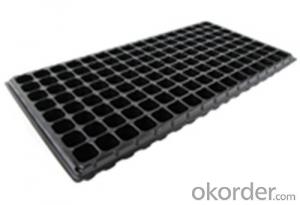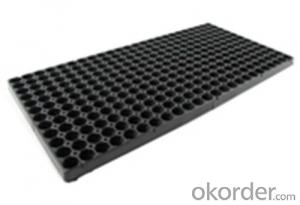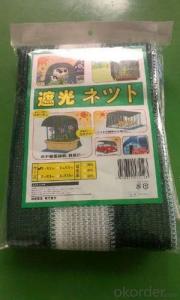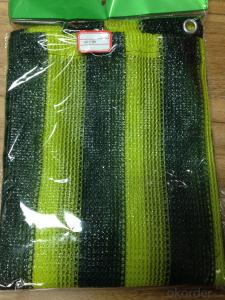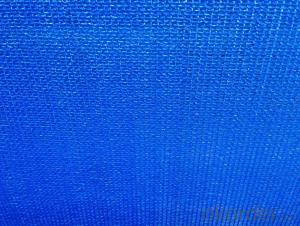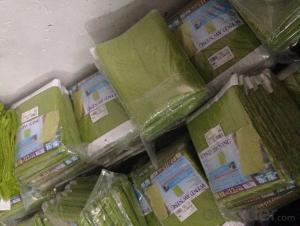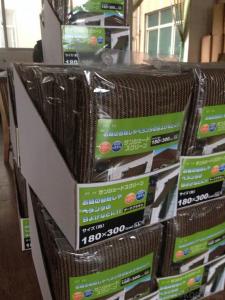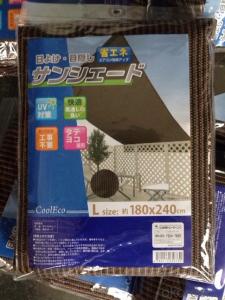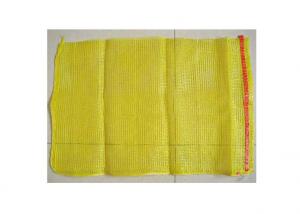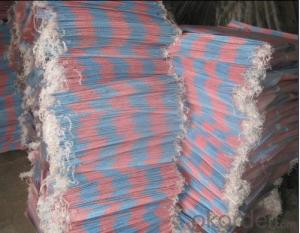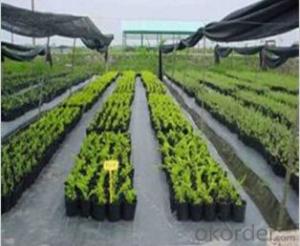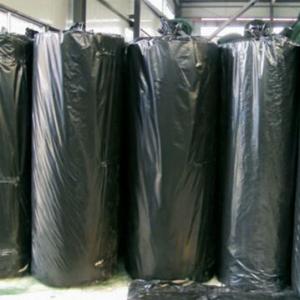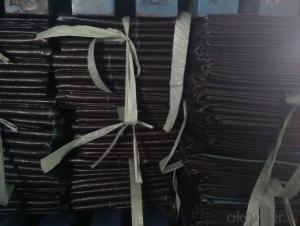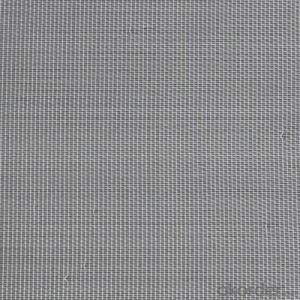Shade Net Export to Japan 45x90
- Loading Port:
- China Main Port
- Payment Terms:
- TT OR LC
- Min Order Qty:
- -
- Supply Capability:
- -
OKorder Service Pledge
OKorder Financial Service
You Might Also Like
Specifications
balcony privacy net
1.Material:100% new HDPE,UV
2.Weight:120~220gsm
3.Useful life:3~5 years
4.balcony net factory price
balcony privacy net/shade net/window net
--product description
Product | balcony privacy net/shade net/window net |
Brand Name | XINH-GL-80 |
Material | 100% new HDPE with UV,long service life |
Color | Green,yellow,blue,gray (as your request) |
Weight/sqm | 120~220gsm |
Size | Width:0.5m-3m, Length: as your request |
Samples | 1). sample time: Within 7-15 days. |
2). Sample charge: According to product details. | |
3). Sample refund: Negotiable | |
4). Send sample: Via TNT, UPS, FedEx, DHL Express | |
Sample is free for you to test the quality | |
Payment | T/T, L/C |
Delivery Time | Within 20 days after getting the deposit |
| | |
| | |
| | |
| | |
| | |
| | |
| | |
| | |
- Q: How long do plants typically stay in nursery trays before being transplanted?
- Plants typically stay in nursery trays for a few weeks to a few months before being transplanted, depending on the specific plant species and its growth rate.
- Q: Can nursery trays be used for transplanting seedlings?
- Yes, nursery trays can be used for transplanting seedlings. Nursery trays are designed to provide a suitable environment for seed germination and initial growth, making them ideal for starting seedlings. They typically have individual cells or compartments that allow for easy transplantation of seedlings into larger containers or directly into the ground.
- Q: Are agricultural plastic products biodegradable?
- No, agricultural plastic products are not biodegradable.
- Q: What are the different types of agricultural plastic greenhouse films?
- There are several types of agricultural plastic greenhouse films, including polyethylene (PE) films, ethylene-vinyl acetate (EVA) films, polyvinyl chloride (PVC) films, and copolymer films. Each type has its own unique characteristics and benefits, such as durability, light transmission, UV protection, and heat retention. PE films are the most common and cost-effective option, while EVA films offer excellent light transmission. PVC films are known for their strength and longevity, while copolymer films provide a balance of strength and flexibility. Ultimately, the choice of agricultural plastic greenhouse film depends on the specific needs and requirements of the crop and climate.
- Q: Can ground cover be used to create a natural-looking rock garden?
- Yes, ground cover can be used to create a natural-looking rock garden. Ground cover plants like creeping thyme, creeping phlox, or moss can be planted among the rocks to mimic the appearance of natural vegetation growing between rocks in the wild. This not only enhances the overall aesthetic of the rock garden but also helps to control erosion and suppress weed growth.
- Q: Are there nursery trays with built-in misting and cooling features?
- Yes, there are nursery trays available with built-in misting and cooling features. These trays are designed to provide a controlled and optimal environment for plant growth by maintaining proper moisture levels and temperature. The misting feature helps to keep the plants adequately hydrated, while the cooling feature helps regulate the temperature, preventing overheating. These trays are commonly used in greenhouse settings to create ideal conditions for seed germination and seedling growth.
- Q: What is the ideal temperature for seed germination in a nursery tray?
- The ideal temperature for seed germination in a nursery tray typically ranges between 70 to 85 degrees Fahrenheit (21 to 29 degrees Celsius).
- Q: i know that you use foam to create a model and when metal is poured on top of it it evaporates on contact but what about if you tried it with regular common plastic models and put a runner and riser hole for the plastic to vent similar to sand casting
- Any organic material can be used to make a casting mold including twigs, other wood and plastics, as long as it is burned out before the metal solidifies. The problem with using anything other than foam is that foam is mostly air that is surrounded by a small amount of plastic. When the plastic is hit by the hot metal, it burns/gases off without cooling the metal enough to block its flow. For any solid organic material, the investment must be fired/baked to a high enough temperature to turn the material to ash which can be blown into the vents by the flowing metal.
- Q: Are nursery trays suitable for starting culinary herbs?
- Yes, nursery trays are suitable for starting culinary herbs. They provide a controlled environment for seed germination and seedling growth, allowing you to easily monitor and care for the herbs. Additionally, the trays are usually equipped with drainage holes, which help prevent overwatering and ensure proper moisture levels for the herbs.
- Q: Is it possible for farmers to employ biodegradable mulch films as an alternative to conventional ones?
- <p>Yes, farmers can use biodegradable mulch films as an alternative to traditional ones. These films are designed to break down naturally over time, reducing environmental impact. They help in weed control, moisture retention, and temperature regulation, similar to traditional mulches. However, their effectiveness and degradation rates can vary, and they may be more expensive. It's crucial for farmers to select the right type of biodegradable mulch film suitable for their specific crops and environmental conditions to ensure both economic and environmental benefits.</p>
Send your message to us
Shade Net Export to Japan 45x90
- Loading Port:
- China Main Port
- Payment Terms:
- TT OR LC
- Min Order Qty:
- -
- Supply Capability:
- -
OKorder Service Pledge
OKorder Financial Service
Similar products
Hot products
Hot Searches
Related keywords
